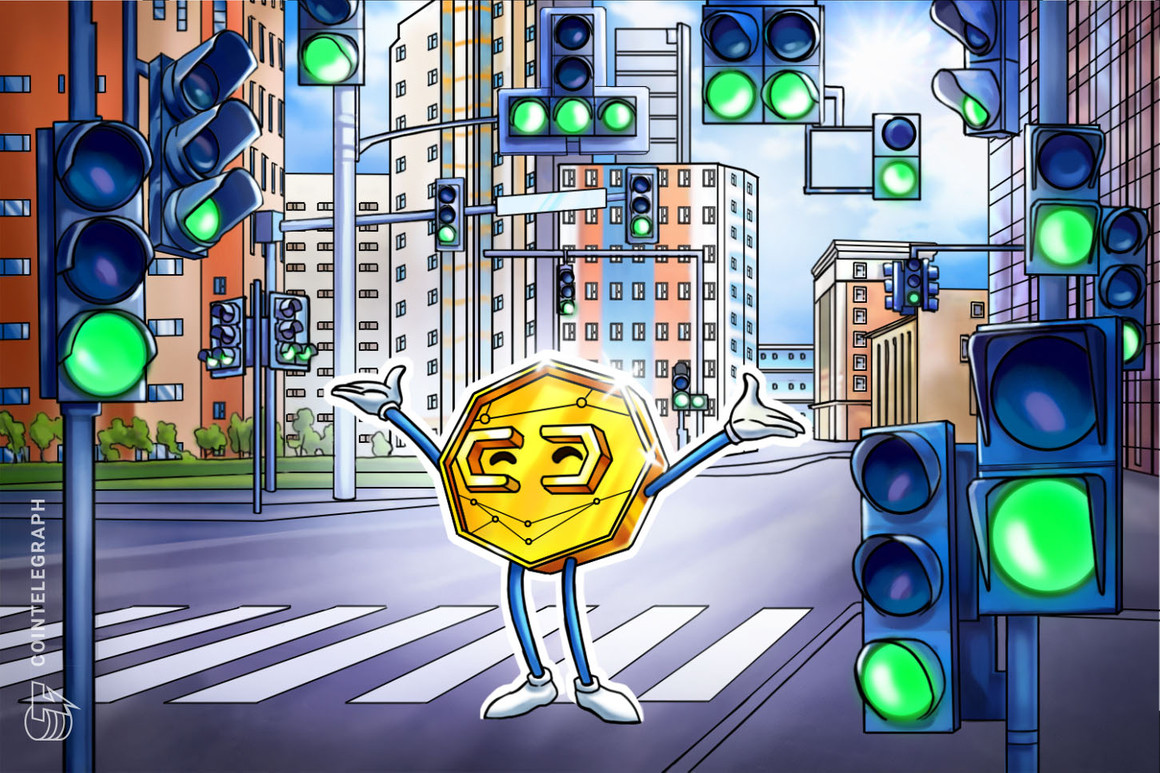How blockchain can open up energy markets: EU DLT expert explains
Aside from the buzzing neologism of Web3, there is a bit less catchy but hardly less important concept of Industry 4.0, which includes the new and revolutionary drivers of the next generation’s industrial landscape. And, especially when it comes to the energy sector, blockchain lies at the heart of these technologies.
The authors of a recently published EUBlockchain Observatory report “Blockchain Applications in the Energy Sector” are convinced that distributed ledger technology (DLT) could become a key enabler technology and has a very high potential to influence or even disrupt the energy sector. This comes as a no surprise, given the five D’s of the Digital Green Shift: deregulation, decarbonization, decentralization, digitization and democratization.
The report highlights the major directions for blockchain in the sector and supplements them with the actual case studies and insights from energy market stakeholders such as Volkswagen, Elia Group, Energy Web Foundation and others.
Cointelegraph spoke to one of the report’s co-authors, commercial director of Europe, the Middle East and Africa (EMEA) region at Energy Web and a member of EU Blockchain Observatory and Forum, Ioannis Vlachos.
Vlachos elaborated on the most intriguing parts and concepts of the document, such as the granularity criterium, the importance of self-sovereign identity and the possible role of DLT in developing the non-electric energy sources consumption.
Cointelegraph: The report notes that, to this day, no blockchain/DLT solution has been widely adopted by energy system stakeholders. Why do you think this is? Could you try to answer it?
Ioannis Vlachos: The main barrier to the wide adoption of blockchain solutions by the energy system stakeholders is related to the way that energy markets are currently structured. The regulatory requirement, in most countries worldwide, for small-scale flexibility assets such as residential batteries, electric vehicles, heat pumps and others makes it possible to participate in energy markets only via their representation by an aggregator.
Considering a more direct market design where flexible assets, irrespectively of their capacity, can directly bid into an energy market will minimize their marginal costs and will promote and foster the participation of small-scale distributed energy resources (DERs) in energy markets.
This need for the direct participation of assets in markets was identified and considered to be an overarching principle in the joint report “Roadmap on the Evolution of the Regulatory Framework for Distributed Flexibility” by Entso-E and the European Associations representing distribution system operators published in June 2021, where “access to all markets for all assets either directly or aggregated” is recommended.
Blockchain technology, via the concept of decentralized identifiers (DIDs) and verifiable credentials (VCs), provides the necessary tools to allow this direct access of small-scale DERs into energy markets.
CT: How could blockchain be used to track the non-electric energy sources, such as biofuels?
IV: Blockchain technology provides the means to create a trusted ecosystem of actors, where all information exchanged between assets, systems and actors can be independently verified by means of DIDs and VCs. This is extremely important to provide the required audit trails in non-electric energy supply chains such as natural gas, green hydrogen and others.
Recently, Shell, together with Accenture, American Express Global Business Travel with the support of Energy Web as the blockchain solution provider, announced Avelia, one of the world’s first blockchain-powered digital book-and-claim solutions for scaling sustainable aviation fuel (SAF).
Recent: Lummis-Gillibrand crypto bill comprehensive but still creates division
The report claims that the application of blockchain in the energy sector is likely to be further explored and advanced.
What are the premises for such an optimistic conclusion?
This conclusion is mainly drawn on the premise that despite the highly regulated energy environment, we have recently seen a large number of projects in the broader energy sector that use blockchain technology. They do this by either implementing use cases outside of the existing regulatory framework such as Shell’s SAF project or with the support of the national regulators and market operators such as projects EDGE and Symphony in Australia.
The EDGE and Symphony projects are supported by state government agencies, the Australia Energy Market Operato and the Australian Renewable Energy Agency, and implement an innovative approach to the integration of consumer-owned DERs to enable their participation in a future energy market based on a decentralized approach. In both projects, Energy Web’s decentralized blockchain-based digital infrastructure is used by assigning digital identities to participants and thus facilitating the secure and efficient exchange and validation of market participant data.
Recent: Celsius’ crisis exposes problems of low liquidity in bear markets
Moreover, we cannot neglect the fact that blockchain technologies are referenced within the European Union action plan for digitalizing the energy sector, focusing on enhancing the uptake of digital technologies.
IV: The concept of granularity refers to the need to increase the frequency of data that will allow the traceability of energy commodities. Especially in the case of electricity, moving from a monthly or annual matching of energy consumption with renewable electricity being produced in a specific location to a more granular (e.g., hourly) is considered to be the best practice since it minimizes energy greenwashing. In this respect, Energy Web, with the collaboration of Elia, SP Group, and Shell, developed and released an open-source toolkit for simplifying 24/7 clean energy procurement.
CT: Could you explain the concept of granularity, which sets the demand for blockchain in the energy sector?
CT: The report mentions a self-sovereign identity, defining it as “a growing paradigm that promotes individual control over identity data rather than relying on external authorities.” It’s easy to imagine this kind of paradigm with personal data online, but what importance does it have for energy production and consumption?
IV: The importance of self-sovereign identities (SSI) for energy production and consumption stems from the fact that prosumer’s energy data can be considered as private data [Prosumer is a term combining consumer and producer roles by one individual or entity.] Especially in the setting of the European Union and under the light of the General Data Protection Regulation, the granularity (sampling frequency) of smart metering data can be highly associated with the privacy of data. Moreover, given the fact that new business models are emerging that utilize prosumer energy data to facilitate the provision of energy efficiency and management services, empowering the prosumer via the concept of SSI to consent for the distribution, processing and storage of their energy data is more of a necessity rather than a luxury.
Check out our Latest News and Follow us at Facebook
Original Source







